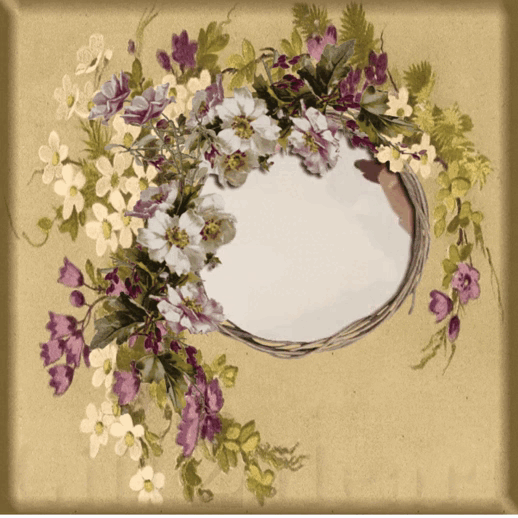Description
Greeting is an act of communication in which human beings intentionally make their presence known to each other, to show attention to, and to suggest a type of relationship (usually cordial) or social status (formal or informal) between individuals or groups of people coming in contact with each other. Greetings are sometimes used just prior to a conversation or to greet in passing, such as on a sidewalk or trail. While greeting customs are highly culture– and situation-specific and may change within a culture depending on social status and relationship, they exist in all known human cultures. Greetings can be expressed both audibly and physically, and often involve a combination of the two. This topic excludes military and ceremonial salutes but includes rituals other than gestures. A greeting, or salutation, can also be expressed in written communications, such as letters and emails.
Some epochs and cultures have had very elaborate greeting rituals, e.g. greeting a sovereign. Conversely, secret societies have often furtive or arcane greeting gestures and rituals, such as a secret handshake, which allows members to recognize each other.
In some languages and cultures, the same word or gesture is used as both greeting and farewell. Examples are “Good day” in English, “Sat Shri Akaal” in Punjabi, “As-salamu alaykum” in Arabic, “Aloha” in Hawaiian, “Shalom” in Hebrew, “Namaste” in Hindi, “Ayubowan” in Sri Lanka and “Ciao” in Italian. The bow and handshake are also used for both greeting and leave-taking. And in many south Asian countries like Sri Lanka and India, they put their arms together and place it near to heart which shows they are greeting from the bottom of the heart. In India they say “Namaste” and in Sri Lanka they say “Ayubowan” which means live longer.






































Reviews
There are no reviews yet.